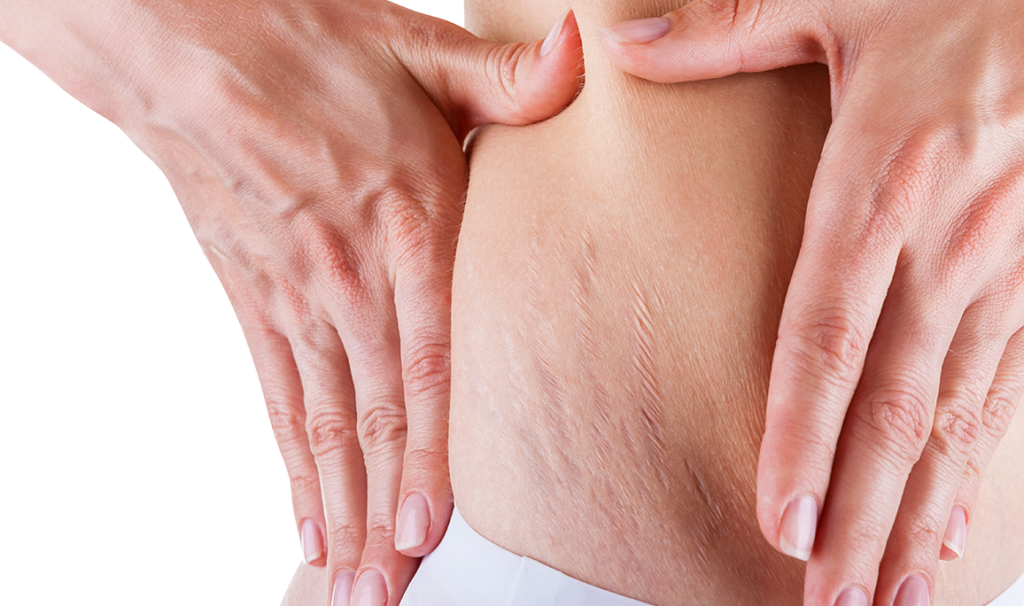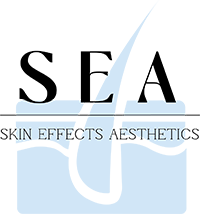Scar & Stretch Mark Revision
Laser stretch mark removal
Laser stretch mark removal consists of removing striae (stretch marks) via laser resurfacing. It works by removing the outer layer of skin to help restructure the overlying skin.
During the procedure, beams of light are used in concentrated amounts to encourage new growth. While it can’t get rid of stretch marks completely, laser removal may help make striae smoother, thereby reducing their appearance.
Two types of lasers are used for skin resurfacing treatment: ablative and non-ablative lasers. Ablative lasers (CO2, Erbium YAG) treat stretch marks by destroying the upper layer of skin. The newly generated skin tissues will be smoother in texture and appearance.
Non-ablative lasers (Alexandrite, Fraxel) don’t destroy the upper layer of skin. Instead, they target the underlying areas of the skin’s surface to promote collagen growth from the inside out.

What Types of Scars Does the Fractional Laser Treat?
We’ve talked about how this treatment minimizes acne scar tissue, but its actually effective for many types of tissue damage. This laser yields incredible results. It treats surgical scars, trauma scars, and stretch marks, in addition to acne scars. The FDA has approved its use for each of these types of skin damage. In fact, it’s the only machine that has their approval.
How Many Fractional Laser Treatments Will I Need?
The severity of scars varies from one person to another, as will the treatment time and effectiveness. As a starting point, we recommend you begin with three treatments. You can then add more as needed, but you will already see results. The more superficial scars tend to diminish or even disappear after these three treatments, but some patients need more time, especially if they have had the scars for years. The fibrotic tissue in the damaged skin will take more treatments to break down, but usually no more than 6 are necessary.

